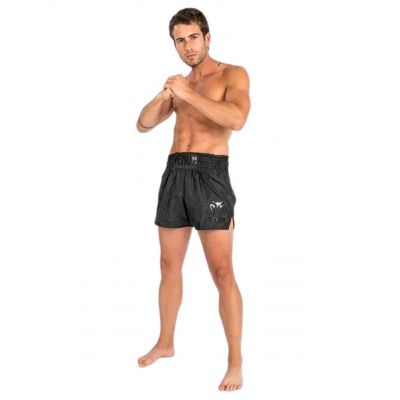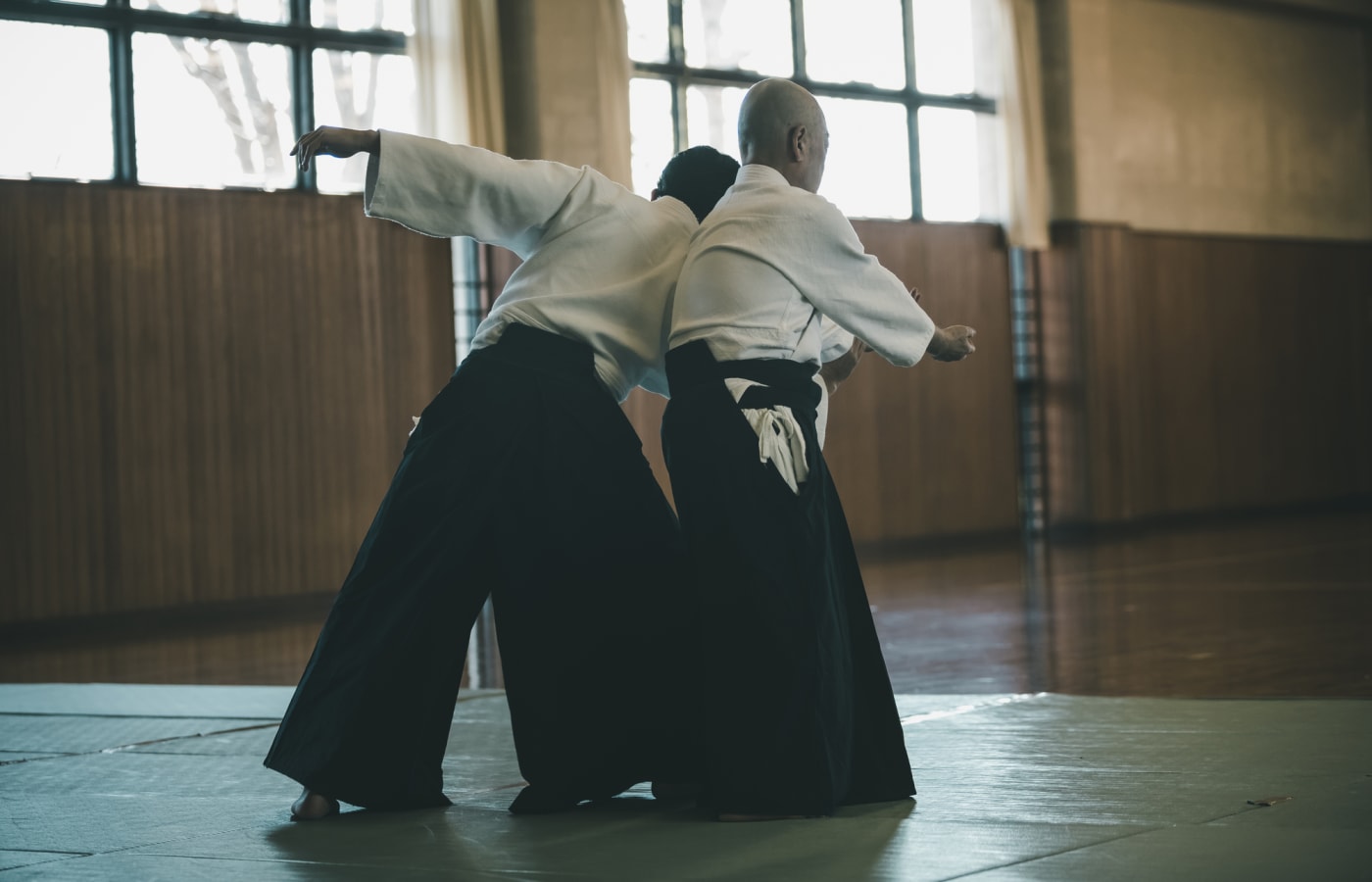
A safety net with holes big enough to accommodate small animals and toddlers will ensure your family's safety while swimming. It's easier for small children to slip through the net than a full pool cover, and its lightweight design is easier to navigate for small hands. Another way to mark the deep edge of a pool is to use floating buoys. Safety net lines are placed on the surface of water to define the deep end. These buoys also remind kids to stay in the shallow end. Safeguarding children is crucial, so ensure that you follow the pool rules.
Mesh pool fencing
Mesh pool fences offer many benefits. They are durable and affordable as well as convenient. Safety is the greatest benefit of mesh pool fencing. They must be ASTM-compliant. That means they have been proven safe and tested by independent laboratories. They should also be simple to maintain and clean. Here are some tips for choosing a mesh pool fencing. Also, keep in mind that mesh fences should be surrounded by a solid material.
The cost of a mesh pool fence ranges from $16 to $25 per meter. The cost of installing such fence varies with its size, type, and customization. A 10-foot section of fence would run around $90. A drill guide and core drill will be required to rent. You may not need a complete surround. You can instead install landscaping or physical barriers. Safety pool covers are another option. These safety pool covers, which are not removable, can support the weight a small child and four-wheeled vehicle.

Underwater motion pool alarms
Underwater motion pool alarms are devices that sound an alarm when an object falls into the water. These devices are often battery-powered and can easily be mounted in a variety ways. They can be attached to dog collars, which is the most popular method. They last approximately one year with a 9-volt charge. These devices are easy to set up and use and are very affordable.
Some are floating while others are infrared. These are most effective for larger pools. They can also be installed poolside. Underwater sensors are much less likely to be false alarms than floating alarms. A magnetic alarm key is not easy to use but provides more security. The Lifebuoy Pool Alarm System, for example, costs $300. Installed poolside, infrared pool alarms can also be installed and come with a 9-volt batteries. Although the Lifebuoy alarm is the cheapest option, drilling holes must be made in the pool side. It detects changes of water pressure and will not trigger false alarms.
Anti-entrapment drain covers
Virginia Graeme Baker (a seven-year old girl who drowned) was the catalyst for the development of anti-entrapment covers for pool drains. Suction entrapment, a common cause of drowning, caused Baker to be stuck in a faulty drain cover. The family and her friends quickly began looking for a solution. The VGB Act was finally passed into law a few years later.
Anti-entrapment Drain Covers are a great safety precaution for spas and swimming pool owners. They fit directly onto an existing main drain and are inexpensive, yet effective safety features. The older styles of anti-vortex and suction drain covers are no more available. Pool owners are advised to consult a professional before installing drain covers. To prevent drownings and protect a child, you can call a PHTA member to check the drain cover.

Pools, spas and electrical safety
Electrical safety for swimming pools includes the installation of power cords and portable lighting equipment. It also covers routine panel inspections, knowing which circuit your pool is on, and knowing where it is. It also extends to hot tubs and spas. Power lines, especially those underground, need to be watched as they can accidentally come into direct contact with water. Listed below are tips to increase safety and ensure compliance with the NEC. Here are the electrical safety requirements that must be met for all hot tubs, swimming pools, and spas.
Outdoor receptacles need to be covered, and kept dry during summer. Ground fault circuit interruptions (GFCIs), which are portable and easy to install, is another effective way to prevent electrocutions. They are lightweight and simple to install and cost anywhere from $12 to $30. Additionally, electrical devices and cords should be kept at least 10 feet away from water. Finally, it is important to avoid touching electrical devices with wet hands, especially when there is water.
FAQ
Can I legally possess a stungun?
Yes. However, you will need to obtain a permit from your state.
A permit application must be completed and paid.
Once you have your permit, it is important to keep it visible (such as your wallet).
You will need to repeat the process if your permit is lost.
Can I get arrested for using my stun gun?
No. Stun guns are considered "less deadly" weapons. They cannot inflict serious injury and are therefore considered less deadly.
However, charges could still be brought against you if you accidentally hit anyone with your stungun.
Are there any self-defense tips that are easy?
Self-defense techniques may include punches or kicks, elbows or knees, head butts and other strikes. You might also consider grappling like judo or jujitsu and karate, as well as taekwondo.
For protection against an attacker who would like to harm you, self-defense techniques are available.
They can also serve to defend yourself against someone who is attacking you.
However, there are many ways to perform self-defense techniques. Decide which one is best for you.
What does a stungun do to an attacker
The stun gun uses electricity in order to incapacitate the victim. It causes muscle contractions and stops them from moving. This makes them unable to fight back.
Stun guns generally work best when they are used on the neck area or head.
The best way to use a stungun is to hit the victim's body until they become unconscious.
To scare attackers, some stun guns emit high-pitched sound effects. These stun guns are known as TASERs.
Do stun guns hurt people?
Not really. A stun gun works by shooting a small amount of current into the skin.
This isn't permanent damage.
Statistics
- Some people walk into a gym thinking they are going to become the best by training whenever they like and not putting 100% effort in. (budodragon.com)
- The Rape, Abuse & Incest National Network reports that 70 percent of sexual violence cases aren't committed by random strangers in a dark alley but by people we know: friends, family, partners, co-workers, etc. (healthline.com)
- Saying this, Self defense 101 would be the importance of situational awareness, which can never be replaced by the finest of martial arts, because it is this that would help you to avoid any likely attacks in the first place. (worldofselfdefense.com)
- In a January 2018 survey of 1,000 women nationwide, 81 percent reported experiencing some form of sexual harassment, assault, or both in their lifetime. (healthline.com)
External Links
How To
Which kind of self-defense do I need to learn?
Self-defense covers many options. There are many forms of self defense that you can learn. These are the most commonly used:
-
Boxing – Boxing can be used for self-defense. It trains you to fight using your hands. While most people think only men can box, many women can. There are many ways for women to learn boxing, such as private lessons, gyms or online courses.
-
Wrestling: Many people believe wrestling isn't real, but it is. In fact, wrestling was once America's national pastime. Women can learn wrestling through private lessons, gyms, and online courses.
-
Jujitsu- Jujitsu, another popular martial art, teaches you to defend yourself by using your body weight. It's easy to learn and perfects your balance and coordination.
-
Kickboxing - Kickboxing, which is similar to Muay Thai's, uses kicks in place of punches. It's a full combat sport with no rules. It is a great sport for beginners as it is simple to learn.
-
Tae Kwon Do - TKD is a Korean martial art that combines elements of karate, taekwondo, and jujitsu. It is a great way to learn about self defense without worrying about hurting your opponent.
-
Mixed Martial Arts (MMA) - MMA is a hybrid of several different martial arts. It incorporates Judo Judo Boxing, Judo Boxing, Wrestling, Wrestling, Sambo, and Brazilian Jiu Jitsu. It is one of the most popular sports because it is so efficient.
-
Karate – Karate is a Japanese martial arts that emphasizes kicking techniques. It's been around hundreds of years and has changed throughout the centuries. There are many styles of karate today, each with their own moves and training methods.
-
Knife Fighting - Knives are very useful when defending yourself. To stab someone, you don’t have to approach them. Only you need to know how to safely use a knife.
-
Pepper Spray – Pepper spray is a non lethal weapon that can either help you escape an attack, or prevent an attack from happening. However, pepper spray is not recommended for attackers. They are more likely to be burned.
-
Firearms are the last line of defense against attackers. This is usually done by trained civilians or law enforcement officers.
-
Self-Defense Classes - A self-defense class is a good way to learn all of these skills in a single place. They cover everything from grappling and shooting.
-
Combative Sports - Another great option is participating in combative sports like mixed martial arts fighting, kickboxing, or even amateur wrestling. These sports require discipline and practice. You will also learn how to protect yourself.
-
Martial Arts Schools - If you're serious about learning how to defend yourself, then go to a school that specializes in martial arts. Some schools also offer weapons classes.
-
Online Courses - There are also many free resources available that you can visit. 15) Books: Finally, some books can be very helpful. Alan Peppard's "The Complete Idiot's Guide for Self Protection" is a book that covers all these topics.
-
Start With What You Know - Before trying to learn something new, make sure you first master what you already know. By doing so, you can avoid making mistakes that could cause you harm.
I think I'm going to try out my hand at this whole self-defense thing. I have always wanted learn to fight but was not interested in doing it. As I get older, I may as well take care of myself and not rely on others.
I've decided to start off slow and see where things go from there. I'm thinking about joining a local gym to start practicing with weights and such. I'm still considering whether I should get a gun.